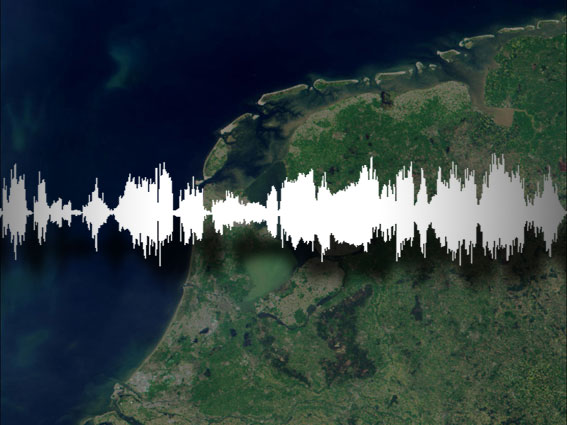Native Name
Nederlands
Official Language: The Netherlands, Belgium (with French), Surinam, Netherlands Antilles, Aruba
Home Speakers: also in France.
Background
It belongs to the Indo-European family, Germanic group, West Germanic subgroup, and is spoken by 20 million people, (nearly 14 million in the Netherlands). Standard Dutch, “Netherlandic”, is used everywhere in writing and educated speech. “Flemish” is an alternative name for Dutch in Belgium and Westhoek in France but is not a “Dutch dialect”. The development of the Dutch language may be divided into three main periods. The only important surviving work in Old Dutch, which extends to 1100, is a translation of the Psalter, a religious text. Middle Dutch extends from 1100 to 1550, a period during which the language underwent changes in sounds and inflections. No standard written form was recognized until the 1200s. Modern Dutch extends from 1550 to the present. The most important event in the Modern Dutch period was the publication from 1619 to 1637 of the Statenbijbel, the authorized version of the Scriptures, which did much to spread this form of Dutch in the Low Countries. Long a maritime nation, the Dutch have left their imprint on many languages of the world. Many Dutch nautical terms have been adopted into other languages. Dutch idioms and syntax are still evident in present-day Indonesian. English words of Dutch origin include deck, yacht, easel, freight. furlough, brandy, cookie, cruller, waffle, maelstrom, isinglass, and Santa Claus. Many place names in New York City, such as Brooklyn, Flushing, Harlem, Staten Island, and the Bowery, are reminders of the old Dutch colony of New Amsterdam.
Reprinted from www.unhchr.ch/udhr

